What is Metamerism?

Metamerism Introduction
What is Metamerism? Imagine you’re at a department store and find a shirt and pant combination. Despite being from different brands, they have perfectly matched colors. However, when you return home and try them on, you’re annoyed to find that the colors are slightly different.
This is a problem caused by Metamerism – two materials displaying the same color under one light (at store), but a different colors under another (at home). But why does this happen?
First, we need to make sure you understand lighting concepts.
Basic Light Concepts for Understanding Metamerism:
- White light from overhead lights is made up of many colors. You probably already know this. A rainbow shows that white light can be diffracted into many different colors: reds, blues, yellows, oranges, greens etc. A prism can also demonstrate this.
- The intensities of those colors vary in a light. You may have more blue light than red light streaming from your lights. You can see this in Fig 3, right panel – LED Light spectrum.
- When light hits the surface of a material, three things can happen.
– reflection
– absorption
– transmission (goes through)
They may happen individually, or in a combination.
An apple is red because it reflects a lot of the red light coming from an overhead light. We can see this from the apple reflectivity curve in Fig 5. Note that all of the colors are being reflected, but the red portion is more significant – it’s all the colors combined that make up the “apple-red” of the apple.
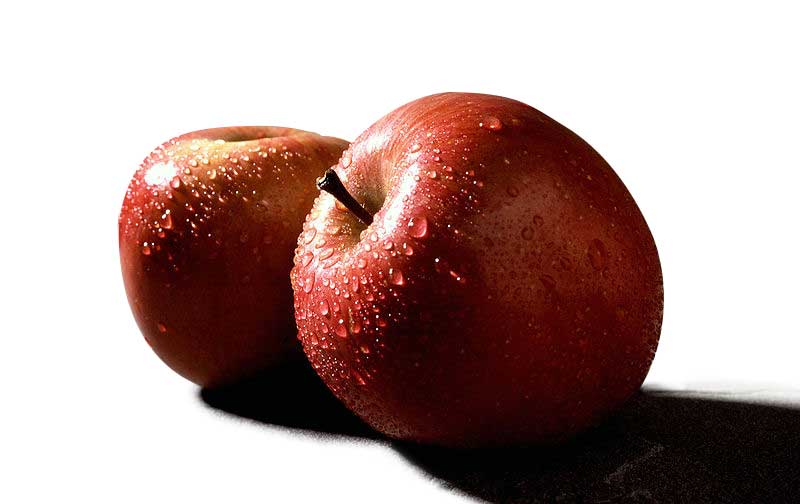
Fig 6 Redness of an Apple
The surface materials make the difference
You might think that if you have two materials that look similar under one light, they would look similar under another light; after all, it’s the same light shining on both – the color may change, but both materials should reflect that same color.
Not so, and the reason is that the materials are different.
Figure 7 shows that at the store, the pants and shirt reflect the same color. Note that the 510nm color (green) – parts of it are being reflected and absorbed, but since the intensity is minimal, the effect on the color is insignificant..
Fig. 7 Shirt & Pant show same color under store lights. Note the 510nm wavelength intensity is insignificant.
Figure 8, it shows how the 510nm green light at home is more intense. The pant surface absorbs more of that color, while the shirt reflects it, thus creating the phenomena of metamerism. Since the 510nm color was negligable from the store lights, it did not affect the color.
Fig 8 Shirt & Pant are different under home lights – note the intensity of the 510nm color. More is reflected by shirt and more is absorbed by pants. Resulting color is different
Under the store light, each material’s reflection/absorption/transmission created a common color. The home light, however, introduced some different color characteristics, to which the pants and shirt responded differently because of their individual surface materials.
Why do two materials reflect light differently under different lights?
To understand this, you have to consider the very small, or molecular aspect of the material. The molecular structure of a surface material determines the properties of an object, much like DNA determines human characteristics (hair color, height, weight, etc.).
Molecular structure determines if the object is a solid, gas, or liquid, or if it is heavy or light. It determines if it conducts heat and electricity, and even determines how it processes the different colors in light.
The way each material reflects/absorbs/transmits individual colors in light will be unique to each material. And that is why it is not easy to match objects of different materials under different lighting.
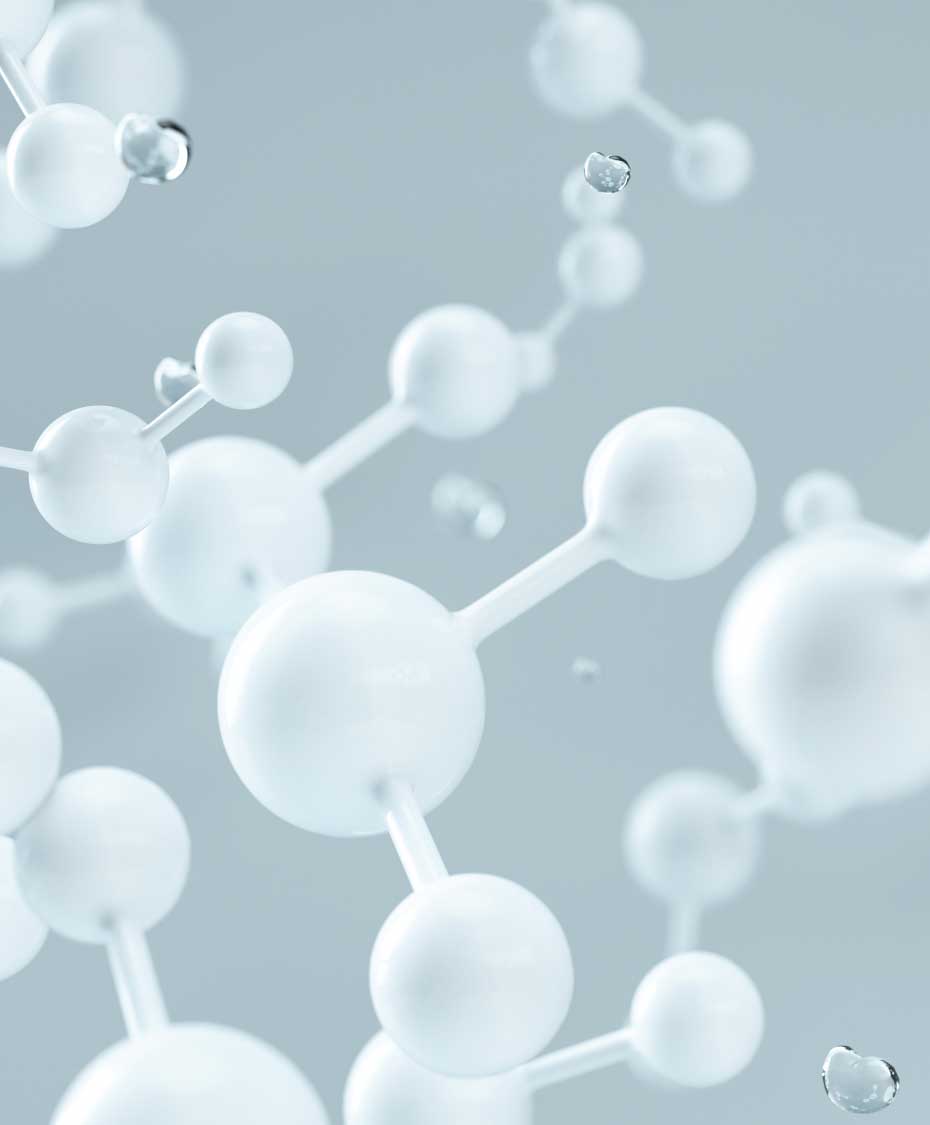
Metamerism is a Challenge for Companies
Buying a pant/shirt combination from different brands is not something you do every day, but a more realistic application is automobiles.
Bumpers on a car are made from plastic materials, different from the metallic surfaces from other parts of the exterior. However, it’s imperative for the color reflectivity of the bumper to be a close match to the rest of the car, under any lighting situation. Otherwise, it would be embarrassing for Toyota to see their cars with slightly off-colored bumpers.

Figure 10 – Photo by Michail Dementiev on Unsplash
Color Management is the Answer
Companies use Color Management, a strict set of protocols that insist on meticulous color scrutiny of suppliers, materials, and paints. They use specialized spectral devices, color standards, and other color-matching technologies, all to ensure color consistency and avoid METAMERISM.
- Spectrophotometers are used to measure material reflectivity. Spectrometers are used to measure light color composition.
- Standards such as RGB, CMYK, or Pantone are used to ensure consistency between suppliers.
- Reflectivity curves of surfaces are often distributed to suppliers of product parts to ensure important components accurately display colors under any lighting.

Figure 11 – Spectrometer and Spectrum Display
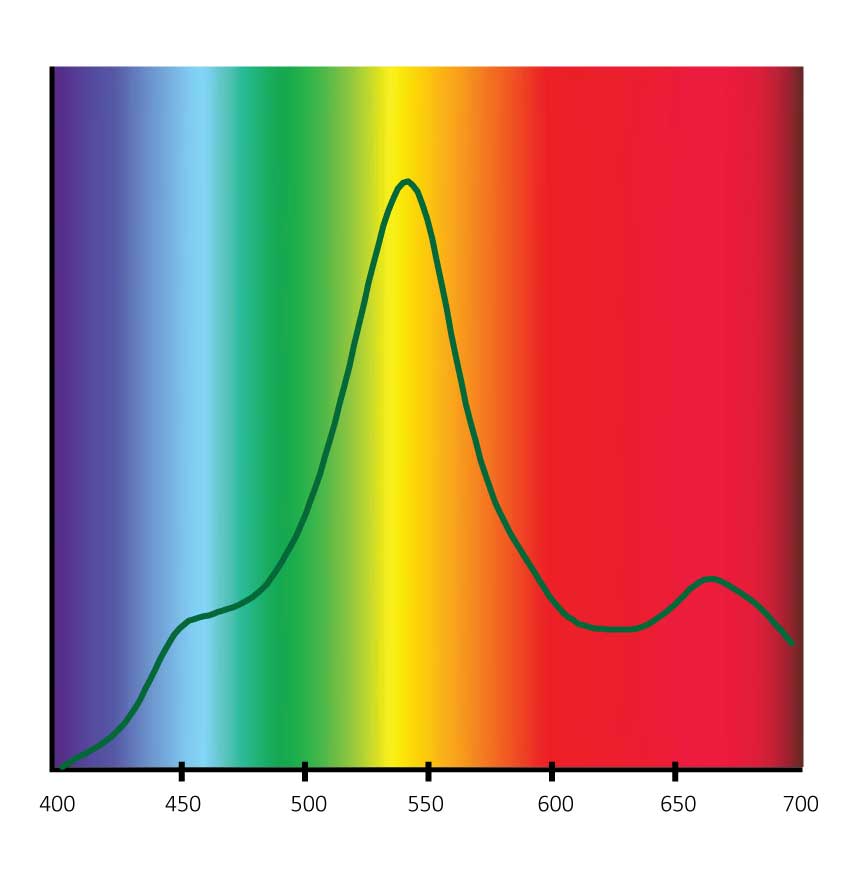
Figure 12 – Reflectivity curve of Olive Green Paint

Fig 13 – Photo by Josh Berquist on Unsplash
So What’s the Key to Understanding Metamerism?
We hope we shed some light on Metamerism, a hard-to-explain topic – but if you understand the basics about light, color, and materials, it’s a first step to taking control. Understanding metamerism means understanding:
- Basics about light and color.
- Different lights have their unique distribution of colors.
- The molecular structure of materials reflects/absorbs/transmits each color uniquely.
Once you have those understood, you can use spectrophotometers, spectrometers, and spectral reflectivity curves to begin to diagnose and avoid the problems of metamerism.
MK350D Spectrometer – Compact, Portable & Laboratory Grade
Essential spectrometer features in a portable form factor for the lighting specialist on the go. It’s lab level grade and also used in production manufacturing. Connect to PC for large screen full color view.
Hot Product
Handbook Series
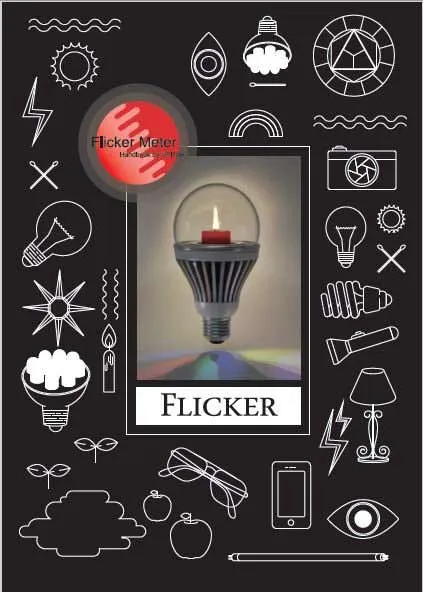
The Flicker Handbook
Everything thing you need to know about Flicker, an insidious, potentially serious lighting artifact impacting visual safety for public places like hospitals, offices, libraries, and more...
About UPRtek

United Power Research and Technology
UPRtek (est. 2010) is a manufacturer of portable, high-precision light measurement instruments; Handheld Spectrometers, PAR meters, Spectroradiometers, Light Calibration Solutions.
UPRtek HQ, R&D and manufacturing are all based out of Taiwan, with Worldwide representation through our certified Global Resellers.
Latest Articles
Category




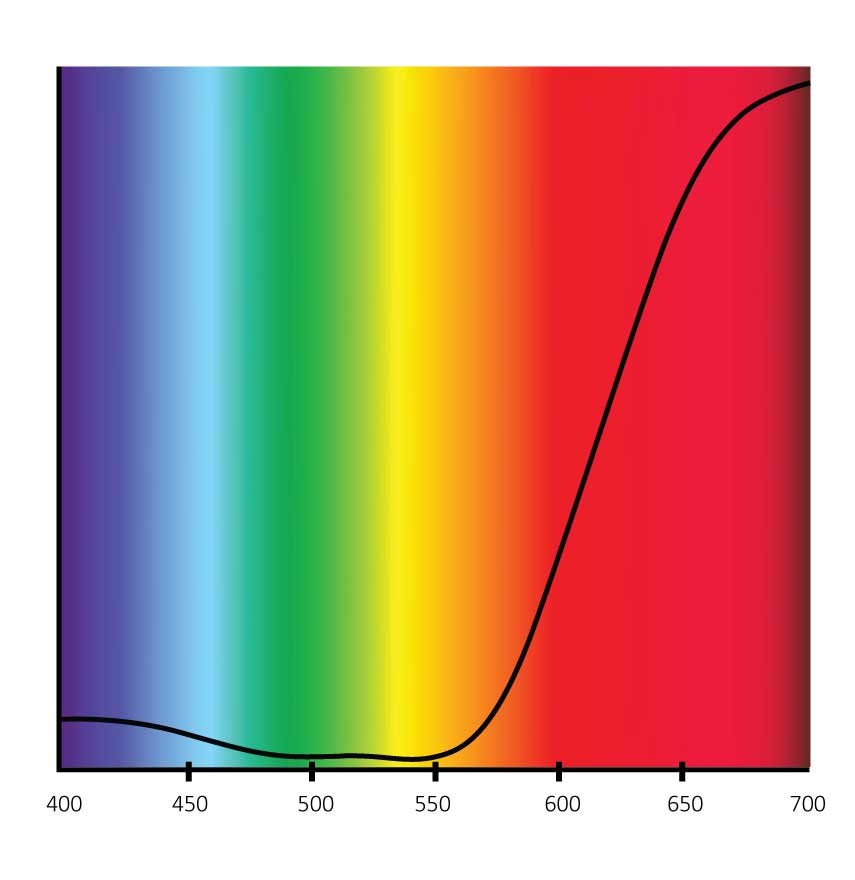

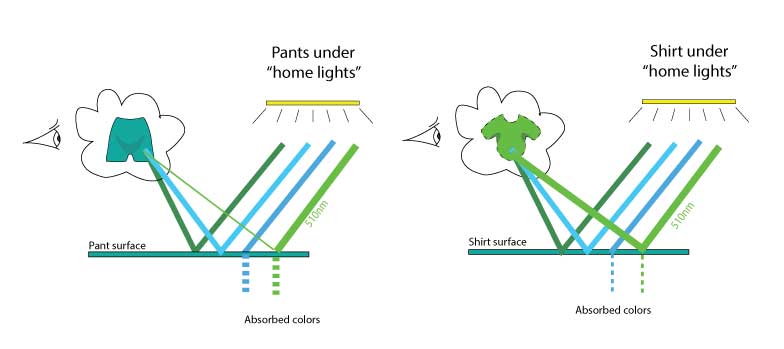
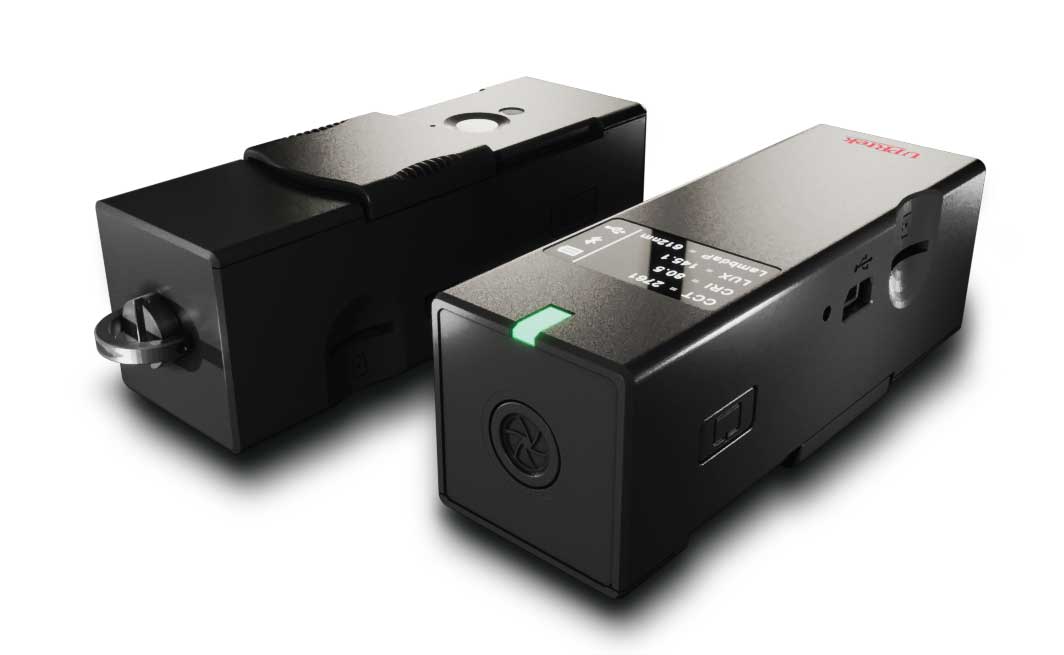







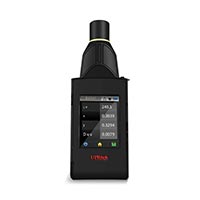

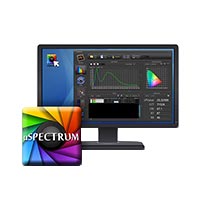

0 Comments